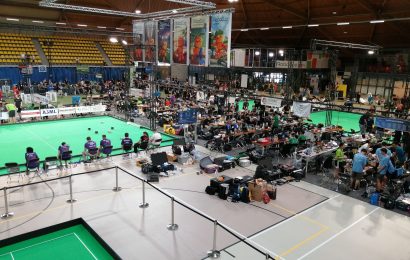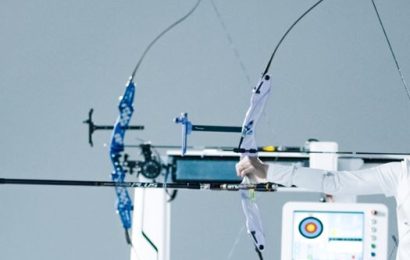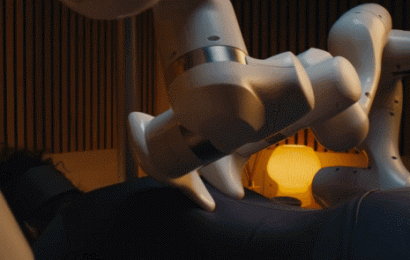Boston Dynamics Unleashes New Spot Variant for Research
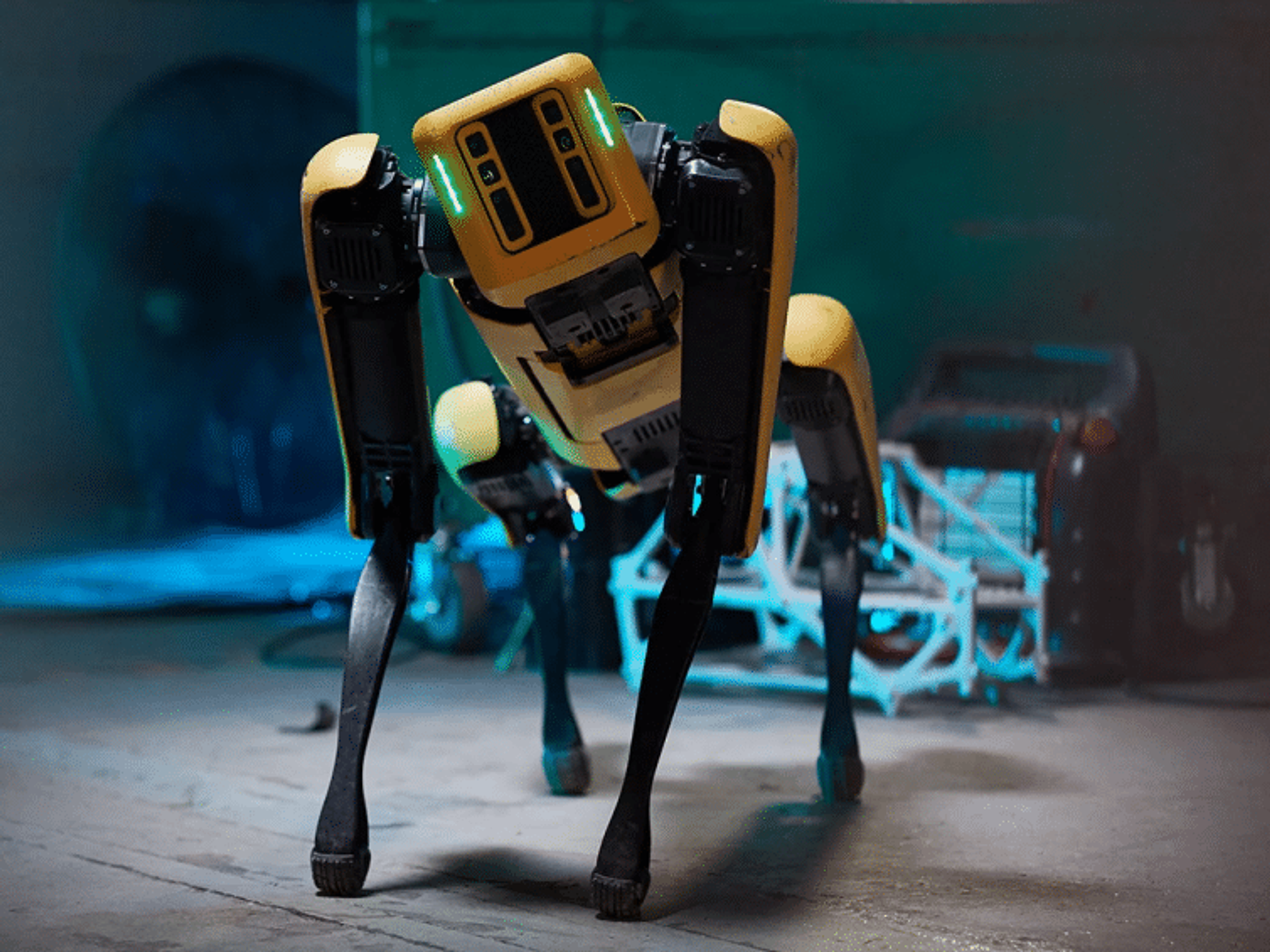
At NVIDIA GTC last week, Boston Dynamics CTO Aaron Saunders gave a talk about deploying AI in real world robots—namely, how Spot is leveraging reinforcement learning to get better at locomotion (We spoke with Saunders last year about robots falling over). And Spot has gotten a lot better—a Spot robot takes a tumble on average once every 50 kilometers, even as the Spot fleet collectively walks enough to circle the Earth every three months.
That fleet consists of a lot of commercial deployments, which is impressive for any mobile robot, but part of the reason for that is because the current version of Spot is really not intended for robotics research, even though over 100 universities are home to at least one Spot. Boston Dynamics has not provided developer access to Spot’s joints, meaning that anyone who has wanted to explore quadrupedal mobility has had to find some other platform that’s a bit more open and allows for some experimentation.
Boston Dynamics is now announcing a new variant of Spot that includes a low-level application programming interface (API) that gives joint-level control of the robot. This will give (nearly) full control over how Spot moves its legs, which is a huge opportunity for the robotics community, since we’ll now be able to find out exactly what Spot is capable of. For example, we’ve already heard from a credible source that Spot is capable of running much, much faster than Boston Dynamics has publicly shown, and it’s safe to assume that a speedier Spot is just the start.
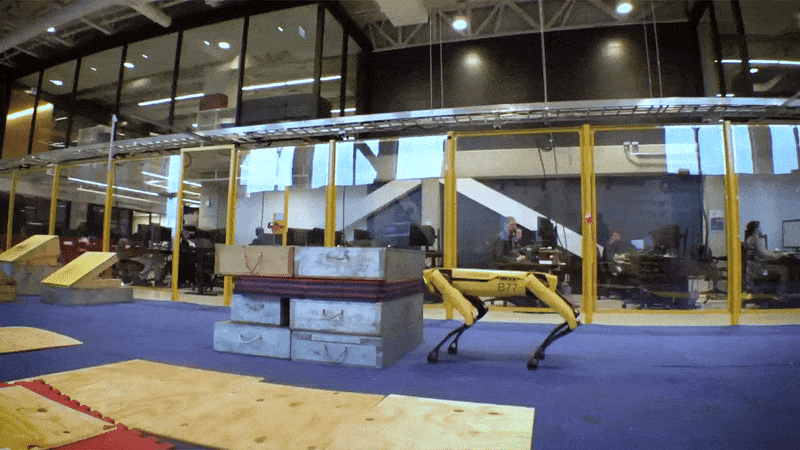
An example of a new Spot capability when a custom locomotion controller can be used on the robot.Boston Dynamics
When you buy a Spot robot from Boston Dynamics, it arrives already knowing how to walk. It’s very, very good at walking. Boston Dynamics is so confident in Spot’s walking ability that you’re only allowed high-level control of the robot: You tell it where to go, it decides how to get there. If you want to do robotics research using Spot as a mobility platform, that’s totally fine, but if you want to do research on quadrupedal locomotion, it hasn’t been possible with Spot. But that’s changing.
The Spot RL Researcher Kit is a collaboration between Boston Dynamics, Nvidia, and the AI Institute. It includes a joint-level control API, an Nvidia Jetson AGX Orin payload, and a simulation environment for Spot based on Nvidia Isaac Lab. The kit will be officially released later this year, but Boston Dynamics is starting a slow rollout through an early adopter beta program.
From a certain perspective, Boston Dynamics did this whole thing with Spot backwards by first creating a commercial product and only then making it into a research platform. “At the beginning, we felt like it would be great to include that research capability, but that it wasn’t going to drive the adoption of this technology,” Saunders told us after his GTC session. Instead, Boston Dynamics first focused on getting lots of Spots out into the world in a useful way, and only now, when the company feels like they’ve gotten there, is the time right to unleash a fully-featured research version of Spot. “It was really just getting comfortable with our current product that enabled us to go back and say, ‘how can we now provide people with the kind of access that they’re itching for?’”
Getting to this point has taken a huge amount of work for Boston Dynamics. Predictably, Spot started out as a novelty for most early adopters, becoming a project for different flavors of innovation groups within businesses rather than an industrial asset. “I think there’s been a change there,” Saunders says. “We’re working with operational customers a lot more, and the composure of our sales is shifting away from being dominated by early adopters and we’re starting to see repeat sales and interest in larger fleets of robots.”
Deploying and supporting a large fleet of Spots is one of the things that allowed Boston Dynamics to feel comfortable offering a research version. Researchers are not particularly friendly to their robots, because the goal of research is often to push the envelope of what’s possible. And part of that process includes getting very well acquainted with what turns out to be not possible, resulting in robots that end up on the floor, sometimes in pieces. The research version of Spot will include a mandatory Spot Care Service Plan, which exists to serve commercial customers but will almost certainly provide more value to the research community who want to see what kinds of crazy things they can get Spot to do.
Exactly how crazy those crazy things will be remains to be seen. Boston Dynamics is starting out with a beta program for the research Spots partially because they’re not quite sure yet how many safeguards to put in place within the API. “We need to see where the problems are,” Saunders says. “We still have a little work to do to really hone in how our customers are going to use it.” Deciding how much Spot should be able to put itself at risk in the name of research may be a difficult question to answer, but I’m pretty sure that the beta program participants are going to do their best to find out how much tolerance Boston Dynamics has for Spot shenanigans. I just hope that whatever happens, they share as much video of it as possible.
The Spot Early Adopter Program for the new RL Researcher Kit is open for applications here.


